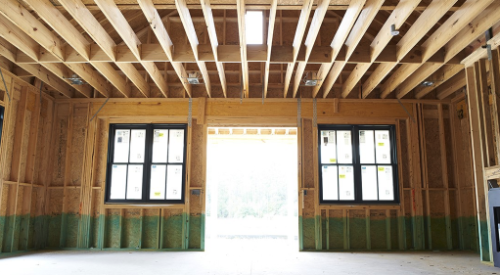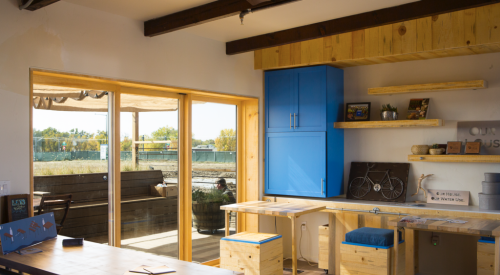No one likes changing a system that is already working, but by integrating new technologies, builders can continue to adapt to an already changing industry. By changing the mindset from “my system already works” to “how can I make my system better,” builders can start to embrace change in a way that helps their business in the short and long term.
Case-in-point: San Diego-based Murfey Company, a 10-year-old builder/developer of single and multifamily homes as well as commercial projects. Owners Russ and Scott Murfey say that the careful application of new technologies and ideas has helped them build a thriving business.
Besides using industry-specific software (like ProCore for project management), the Murfeys often look to other industries for best practices. This has helped them reduce errors, raise revenues, and improve employee retention. But getting there hasn’t been without challenges.

Here are some lessons they have learned in the process:
Going Paperless Takes Time
Digital communication is the norm in many industries, and homebuilding is getting there.
“We still need paper plans, but we also give our supers tablets and digitize everything,” say the Murfeys. “Our projects are cloud-based, with all documentation available online.” Getting the system in place has taken a few years, but it’s saving time and money.
The slow adopters have been some subs. “We still get faxes from some of them.” And while the Murfeys try to help subs go digital, they realize that keeping a reliable one may require an exception. “We’re not heavy-handed. It’s case-by-case.”
Simple Tools are Important
Take plan changes, for example. “Markups can really get out of hand,” the Murfeys say. “For instance, if you decide to change a smaller JELD-WEN window for a bigger one, the framer needs to get the correct new rough opening.”
For field changes, the Murfeys prefer a generic tool like Adobe Acrobat. The details can be marked up and then synced to the framer’s phone via a cloud service like iCloud, Google Drive, or Dropbox.
SOPs are Superpowers
Manufacturing companies rely on standard operating procedures, or SOPs, to make sure work gets done efficiently, whereas builders tend to lag behind here.
The Murfeys are big believers in SOPs, which they develop and reinforce through weekly, monthly, and quarterly meetings. “We strive for a Henry Ford approach, which means looking for ways to do everything the same way, every time.”
Letting Go Can Be Smart
Pulling a horse’s reins slows forward motion and, the Murfeys insist, the same goes for people. That’s why they loosen the reins and allow employees to work remotely part of the time. Site managers have to be on the job, but office-based staff—sales, accounting, purchasing, etc.—don’t necessarily need to be in the office.
There are two big payoffs to allowing remote work:
- Better Talent. Flexibility attracts self-starters. “We want lifelong learners who embrace new ways of doing things and have no problem attracting people of all ages and experience levels who fit that description,” they say. “We give them direction and opportunities to excel, but we don’t micromanage. This empowers them.”
- More Sales Leads. Employees who spend more time in the community and less time in an office tend to meet more people. To leverage this, the Murfeys make it clear to all employees they’re part of the marketing department and incent them to look for business opportunities. “This helps fuel the sales tank.” And it seems to be working. “For example, one of our supers has good relationships with a few architects, which has brought in work. And we have a project manager who consistently brings us new deals.”
The Murfeys insist that the prerequisite to creating such a culture is for the builder to embrace technologies and processes that attract creative people. It’s smart business.
For assistance with your projects, visit JELD-WEN’s professional portal.















